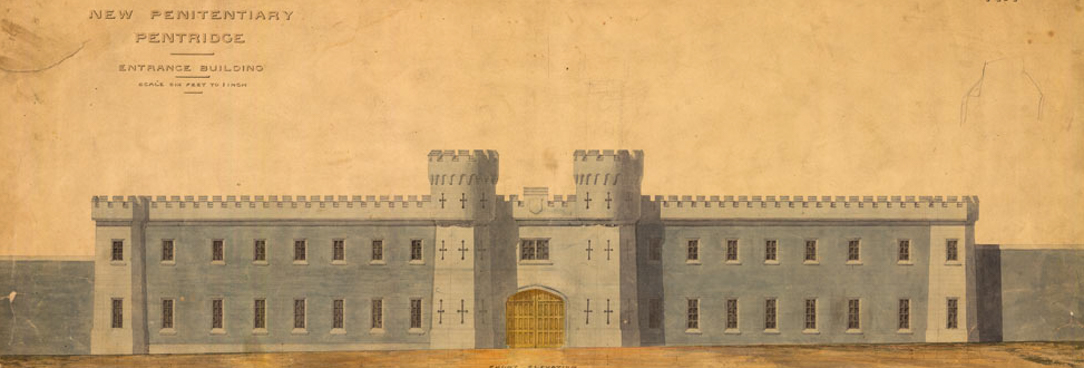Last updated:
What do I need to know?
To search these records online, you will need to know:
- the city, town or suburb in which the court was located or the level of the court
- the year or the period that you are interested in researching
- a keyword that describes the kind of record you are seeking (optional).
The records in your search results will vary widely - finding the information that you seek within them once you have them in the reading room will largely depend on how they are organised, whether it be by date, alphabetic arrangement, or some other ordering principle.
How do I search?
- Most regional or rural locations are simply named by their location, for example, “Warrnambool Courts”.
- Type in the location or the name of the court and locate it in the drop down list. Do not include any other words such as “court” or “courts”.
- The location Melbourne will bring up the Melbourne Magistrates Court (“Melbourne Courts”)
- When searching for the name of court, for instance county will make County Court of Victoria appear in the drop down list, while supreme will make the Supreme Court of Victoria appear in the drop down list.
- You can also target your search more narrowly if you type in a keyword that describes the kind of record that you are interested in finding: for instance, correspondence or letters, ledger or fee if you are interested in finding evidence of financial transactions handled by the court. If you are familiar with Latin terms for legal documents, such as those produced by the Supreme Court of Victoria, you can use those as a keyword (for instance certiorari for Certiorari Writs).
About these records
These are the records that were created by the each individual court in the administration of its business and legal functions. The records include correspondence received, minute books, fee books, ledgers and more.
Who created these records?
Each court was required to create records as mandated by legislation or instructions that were issued to court staff. We have records from around 250 different court locations throughout Victoria.
Next Steps
Order records from your search results, and view them in a PROV Reading Room.
What are in these records?
This will largely depend on the type of records for which you are searching. For example, letters might contain a chain of correspondence about a case as it developed, ledgers might contain details of amounts of money paid by parties involved in a civil dispute, a judge's note book might reveal observations about a trial or the evidence presented.
This search is a good way to find court records not associated with a particular case. If you're interested in the records of a court case, start at the Court Cases page to identify a specific type of case you'd like to search for, or search across all cases.
Material in the Public Record Office Victoria archival collection contains words and descriptions that reflect attitudes and government policies at different times which may be insensitive and upsetting
Aboriginal and Torres Strait Islander Peoples should be aware the collection and website may contain images, voices and names of deceased persons.
PROV provides advice to researchers wishing to access, publish or re-use records about Aboriginal Peoples
